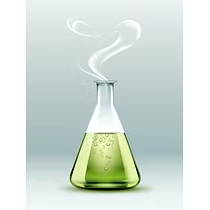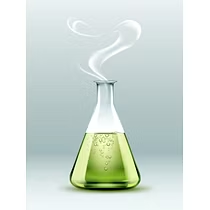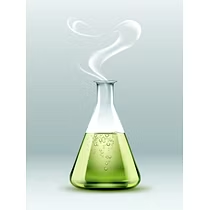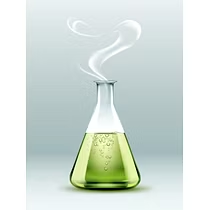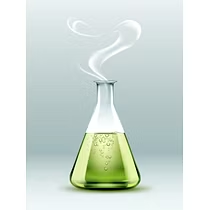-
Buyer
Register as a Foriegn Buyer
-
Seller
Log In Register as a Seller
Buyer

Seller

5 Products
Min Order Qty 1
Min Order Qty 1
Min Order Qty 1
Min Order Qty 1
Min Order Qty 1
Your enquiry has been sent successfully to
Acidity Regulators
